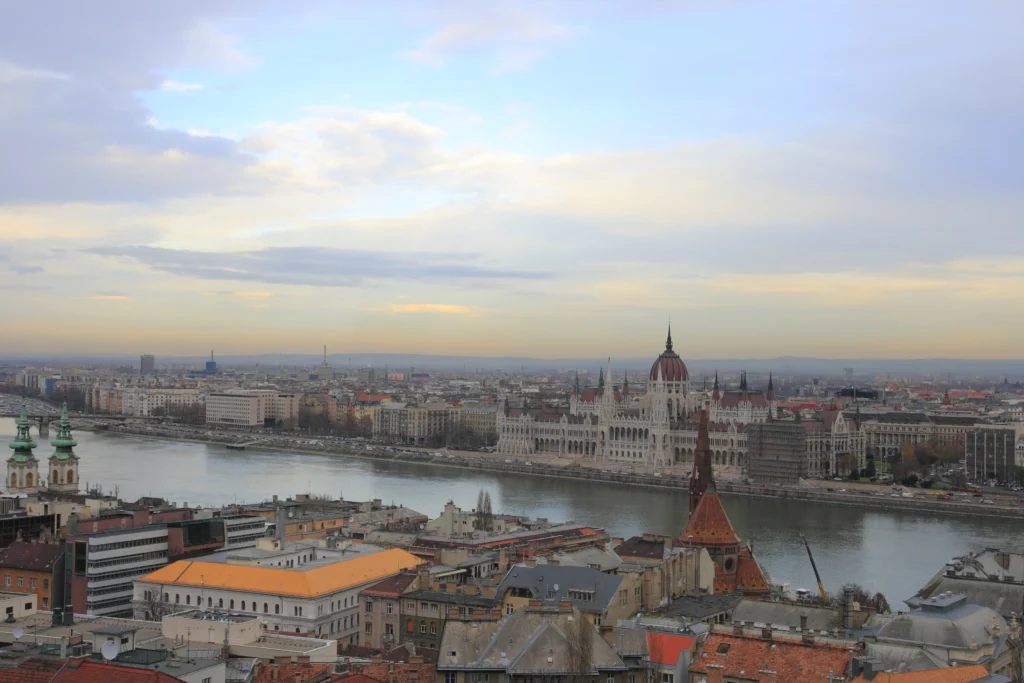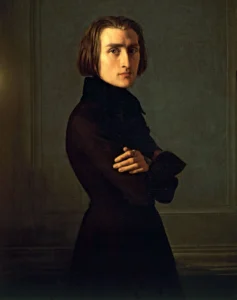
Today, we start a new short series of articles. In this series we will introduce the country we have chosen for our offshore software development service: Hungary.
Capital : Budapest
Currency: Hungarian Forint (HUF)
Population: 9.937 million (in 2011)
Language : Hungarian
Time zone: UTC+1, same as France, Italy, Germany, etc.
Hungary is part of the European Union since 2004 but is not in the Eurozone.
Hungary is inside the group of “Schengen countries”.
There are more famous Hungarians than one would imagine. I will not make a long list to bore you to death but I cherry picked a few, whom you are likely to know.

It would make a very long list to name all the famous musicians Hungary has produced. Music is in the air in Budapest.
The Hungarians have won 12 Nobel prizes, which is a lot considering the size in population of the country; 18 if you count laureates of Hungarian parents but born outside of Hungary like Milton Friedman, the economist.

Hungary has a particularly agitated history inside Europe. And you can feel that very much when living here. History is always weighing on the people for a long time.
We will not go into serious details about Hungarian history; but we would highlight a couple of events that have marked the nation and that one can feel here as a foreigner. The following list will never pretend to reflect the whole of Hungarian history. I ask any Hungarian reader to forgive me for leaving aside most parts of the nation’s history.
The first Magyars (this is how the Hungarian call themselves: Magyar) arrived in the area around 900. The leader at the time was named Árpád. Today, Árpád has one of the bridges crossing the Duna named after him. Often, foreigners make a mistake thinking that Hungarian origins are coming from another famous historical person and people: Attila the Hun. It is an easy mistake to make, as the first name Attila is very popular in Hungary and Hun and Hungary definitely share a common part, but this is very misleading. Magyars and Huns are not related in any way. Attila was active around 440 and that separates him from the first Magyars by a good handful of centuries.
The next famous person in the Árpád dynasty is his great-great-grand-son Vajk (pronounce Voyk). He is most known under the name of Saint Stephen I. He did two very important things: he established the first Kingdom of Hungary and became therefore its first king. He also anchored Hungary with the Christian world. Pope Gregory VII canonized Stephen on the 20th August 1083, which is also St Stephen’s feast day in the calendar. And the 20th August is still the national holiday in Hungary, commemorating the foundation of the state.
Being in the center of Europe, Hungarian history is full of battles, wars, invasions, etc. The alliance with the Austrians as the Austrian-Hungarian empire between 1867 and 1918 is well known. Earlier and for 150 years, between and 1550 and 1700 Hungary was ruled by the Ottoman Empire. Everywhere in the country, these 2 elements are visible. You can find minarets in many cities around the country and the Vienna flavor is definitely visible in Budapest.
I would rather not talk about recent History as anything younger than 500 years is always controversial. This is as true in Hungary as everywhere else. So, I leave it to the experts.
In the next article, we will introduce the Hungarian language, famously difficult to learn.
Liemur provides Software Development Services within UK and with its nearshore branch in Budapest.
Contact us for more information.